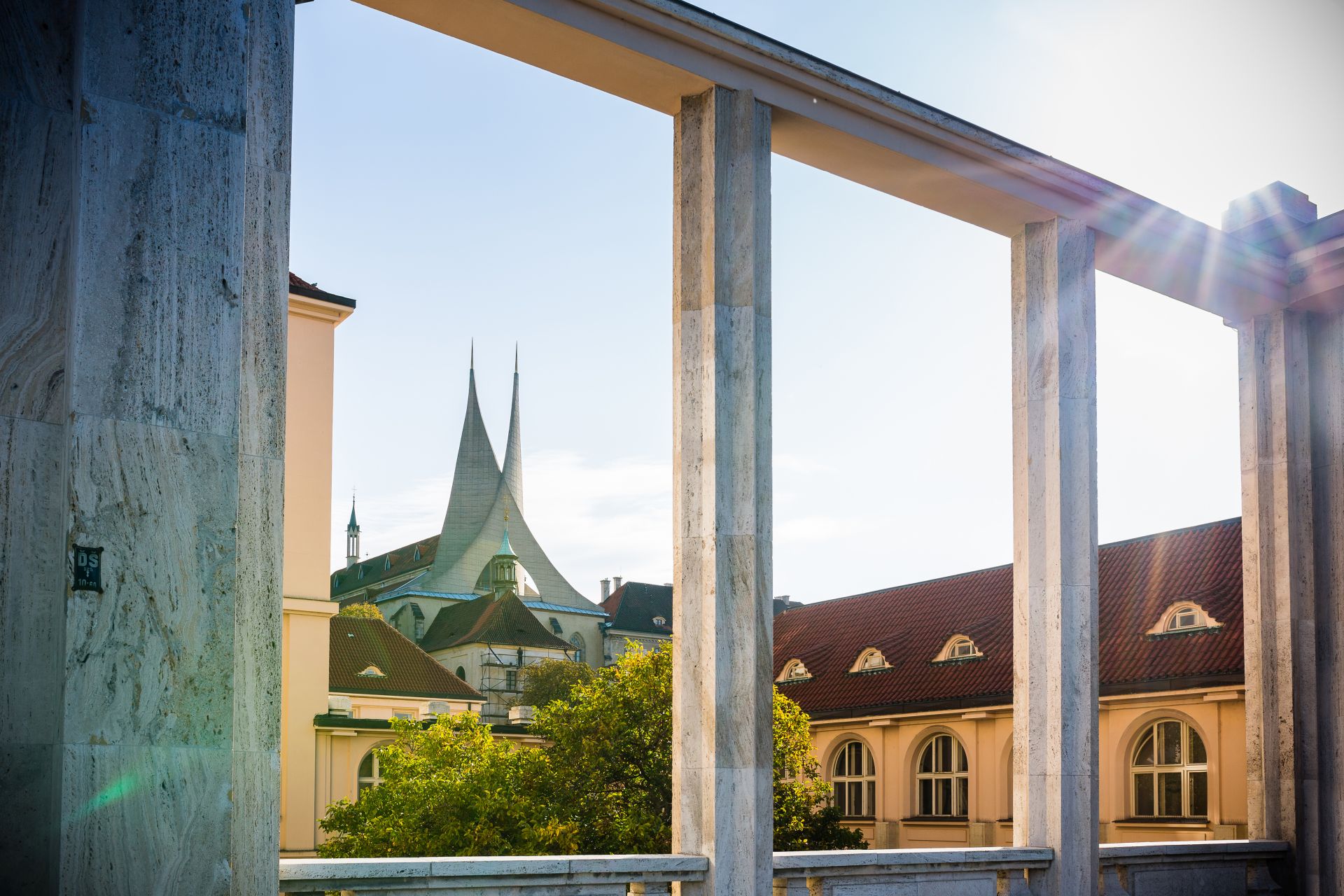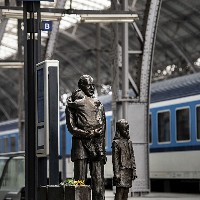Breadcrumbs navigation
Memories of Wartime Prague
During World War II, Prague was one of the more fortunate European capitals. The fury of war did not affect it much, so to this day its historical monuments remain largely in their original form. Nonetheless, the war did leave its mark here and changed the face of the city to some extent. Come with us to places closely connected with this important part of our history.
Kobylisy Shooting Range
![]() Prague 8
Prague 8
This national historic landmark, generally skipped by tourists, is located on the northern outskirts of Prague. The Kobylisy shooting range is known mainly as a mass execution site, where dozens of people were executed daily after the assassination of the Reichsprotektor Reinhard Heydrich. After the war it became a place of reverence and a memorial to anti-fascist resistance. Those memorialized here include the important Czech writer and playwright Vladislav Vančura, and Bishop Gorazd, who hid paratroopers involved in Operation Anthropoid in the Church of Sts. Cyril and Methodius, and also ended up among the executed.
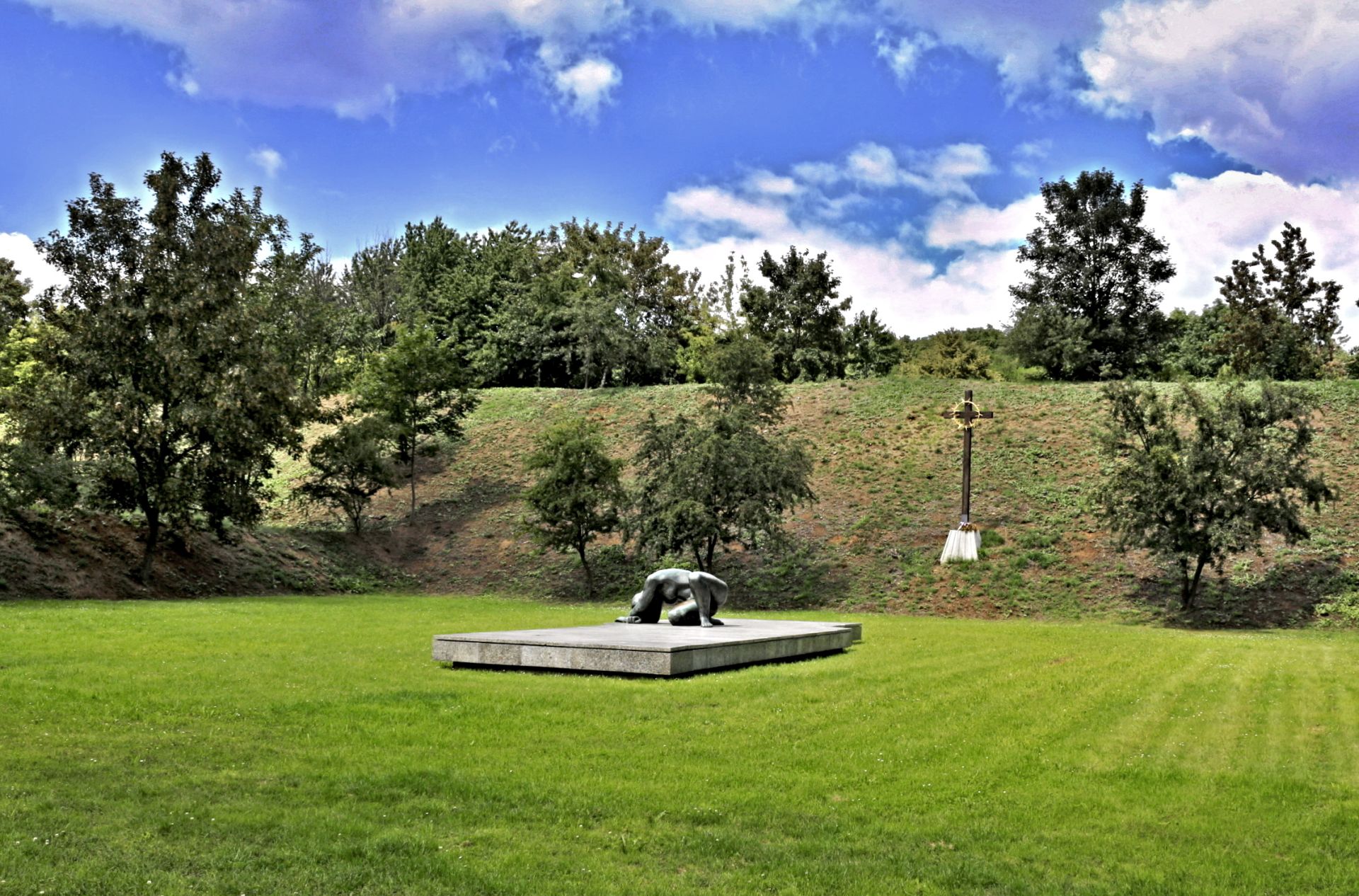
Memorial to Operation Anthropoid
![]() Zenklova st., Prague 8
Zenklova st., Prague 8
In Prague’s Libeň district, at the place where the assassination of Reinhard Heydrich took place on 27 May 1942, stands a nine-meter tall monument commemorating the bravery of those who stood here on this fateful day of May. The memorial is located near the Vychovatelna bus stop, not far from Na Bulovce Hospital, where Heydrich died a few days after the attack.
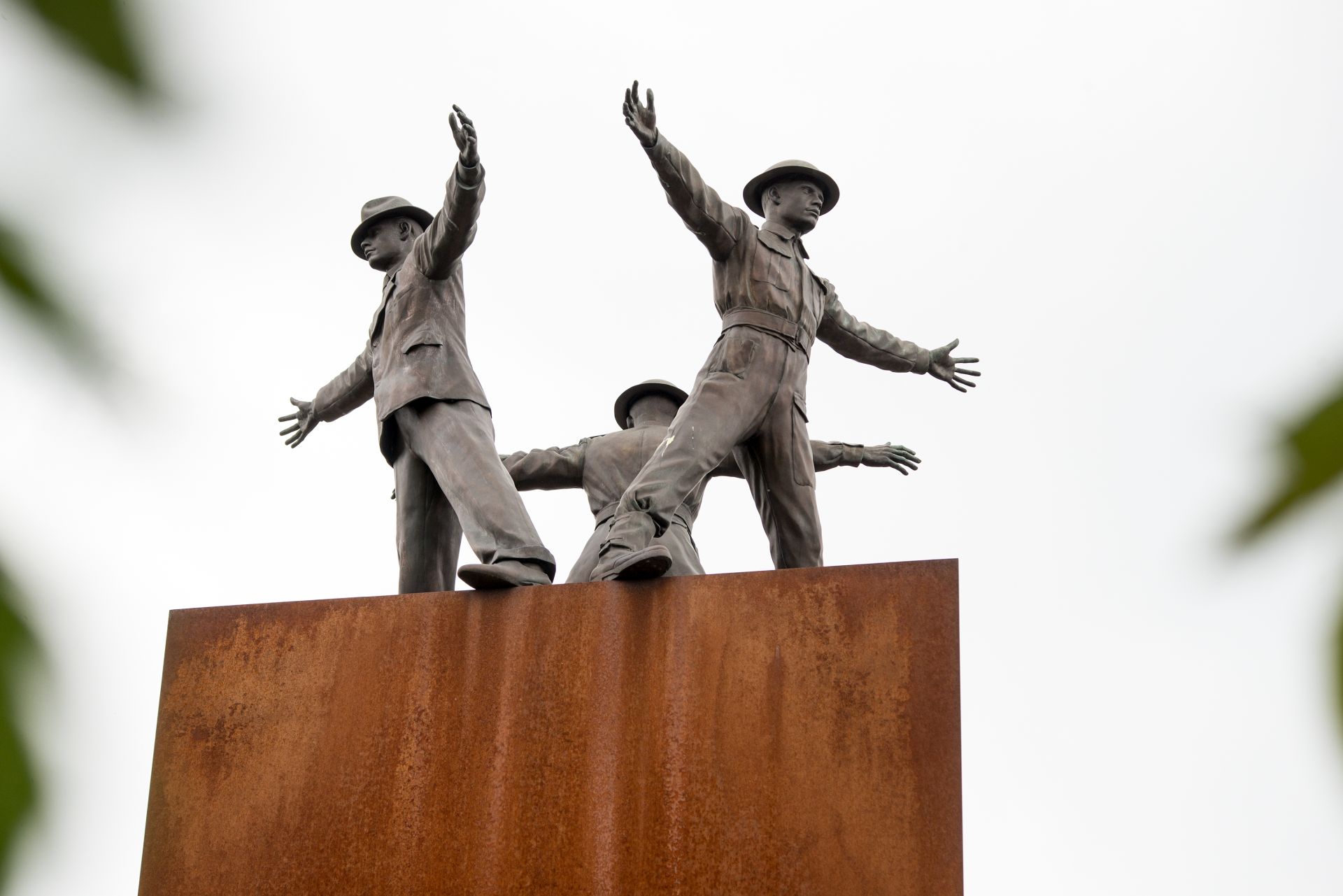
Learn more about the Heydrich Terror in the Church of Sts. Cyril and Methodius
![]() Resslova 9a, Prague 2
Resslova 9a, Prague 2
The assassination was immediately followed by a period known as the Second Heydrich Terror, commemorated by the National Monument to the Heroes of the Heydrich Terror in the crypt of the Orthodox Church of Sts Cyril and Methodius near Charles Square. Three weeks after the assassination in May 1942, the seven Czechoslovak paratroopers went into hiding in the church’s crypt and died shortly thereafter in a battle with SS forces.
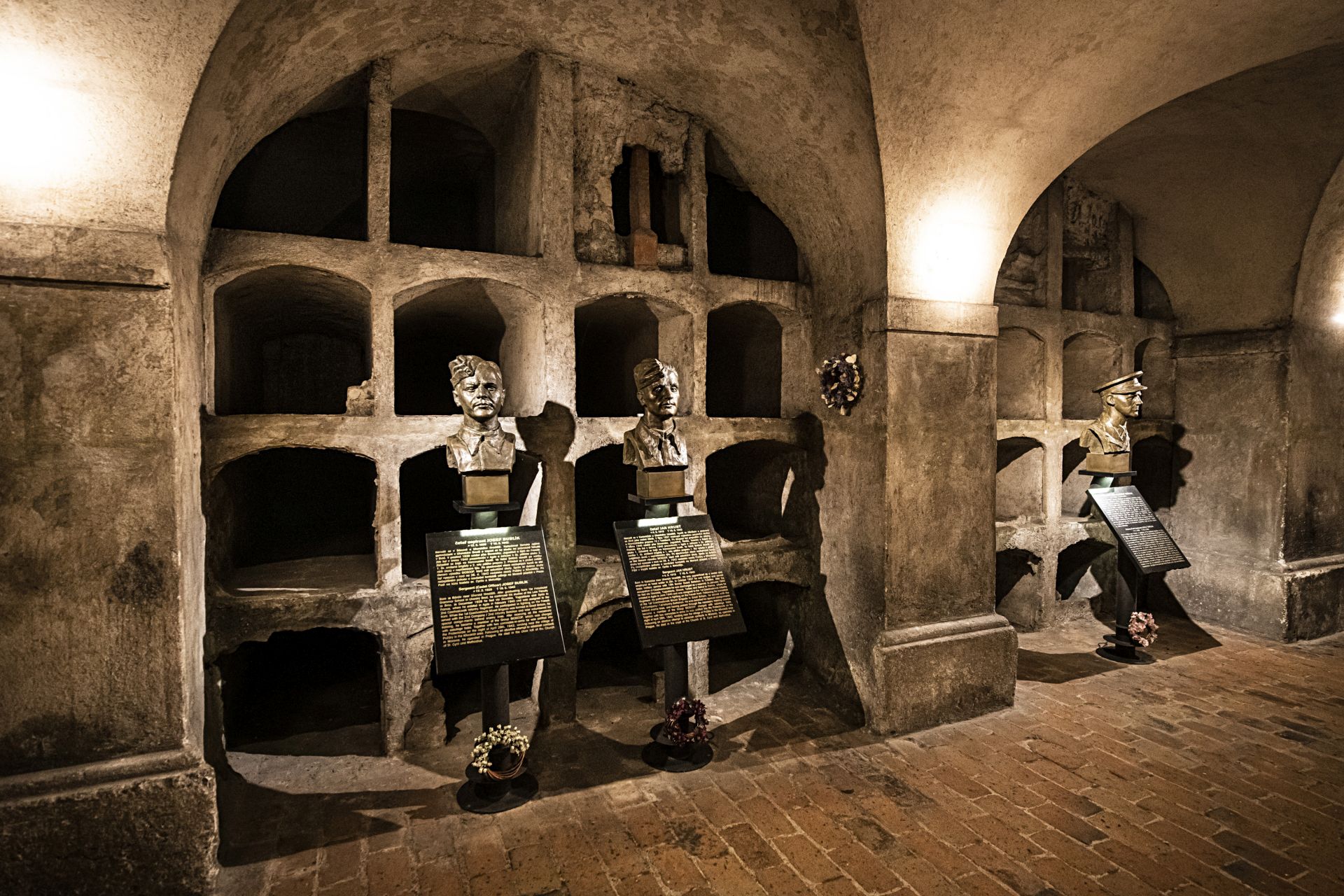
Nicholas Winton's "Trains of Hope"
![]() Wilsonova 300/8, Prague 2
Wilsonova 300/8, Prague 2
The inconspicuous hero of this sad period of history and a name closely connected with Prague, is Sir Nicholas Winton, whose statue can be found at the Main Train Station, more precisely on platform 1. It was from here that the “Winton trains” left for the United Kingdom shortly before the outbreak of war, taking Czech Jewish children to safety. Nicholas Winton organized this assistance, and he managed to save 669 children from certain death in extermination camps. Another memorial to this event, which the public learned about after many decades, can be found in the corridor leading to the platforms. A replica of the door of the original train car, with children's handprints on one side of the glass and adult handprints on the other side, symbolizes the sad farewells of parents and children. The adult handprints belong to two of “Winton's children”, who initiated the creation of the monument.
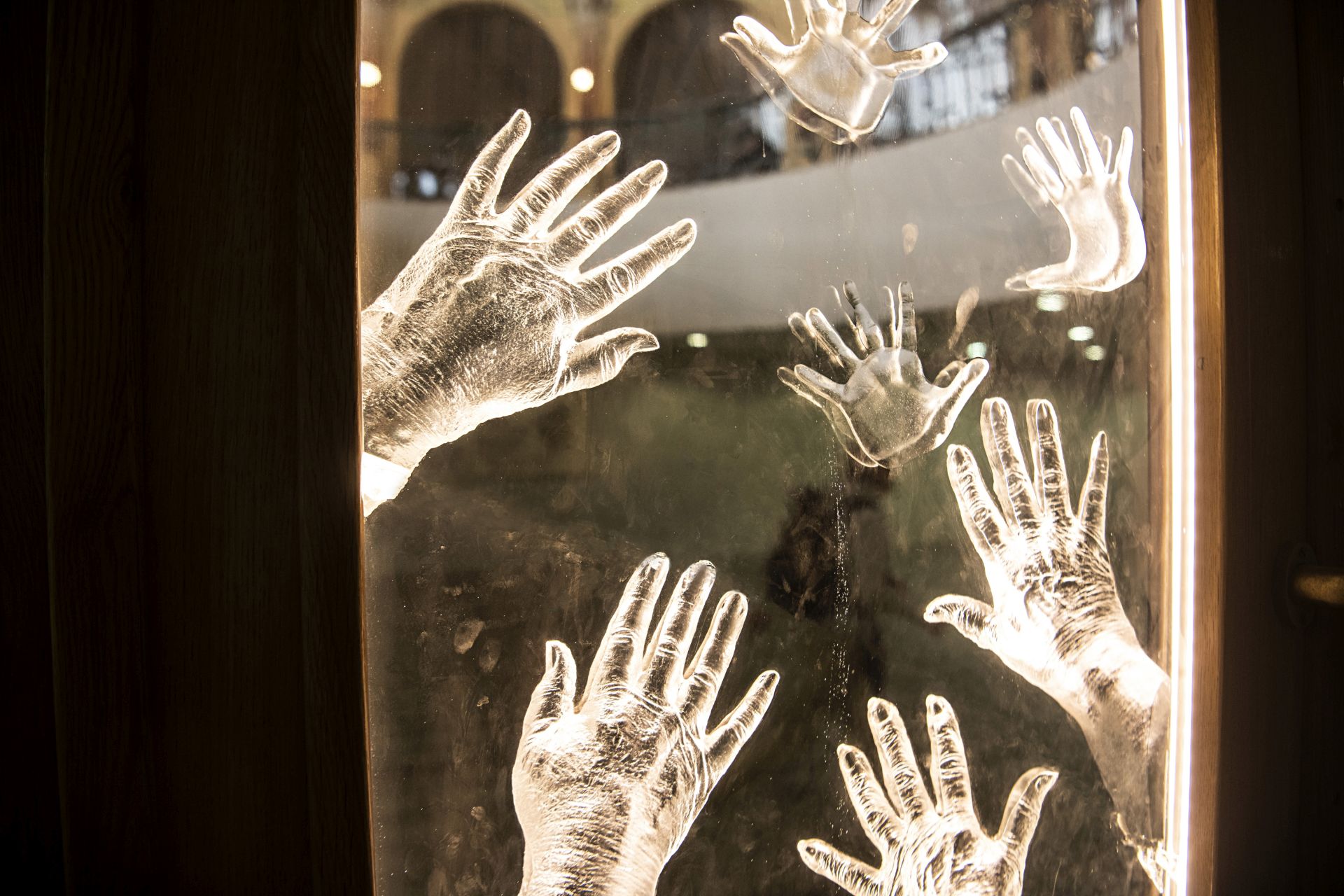
Czech Radio
![]() Vinohradská 12, Prague 2
Vinohradská 12, Prague 2
A memorial plaque on Vinohradská Avenue recalls one of the episodes of the Prague Uprising - the battle for Czech Radio. It lasted four days and claimed 170 victims.
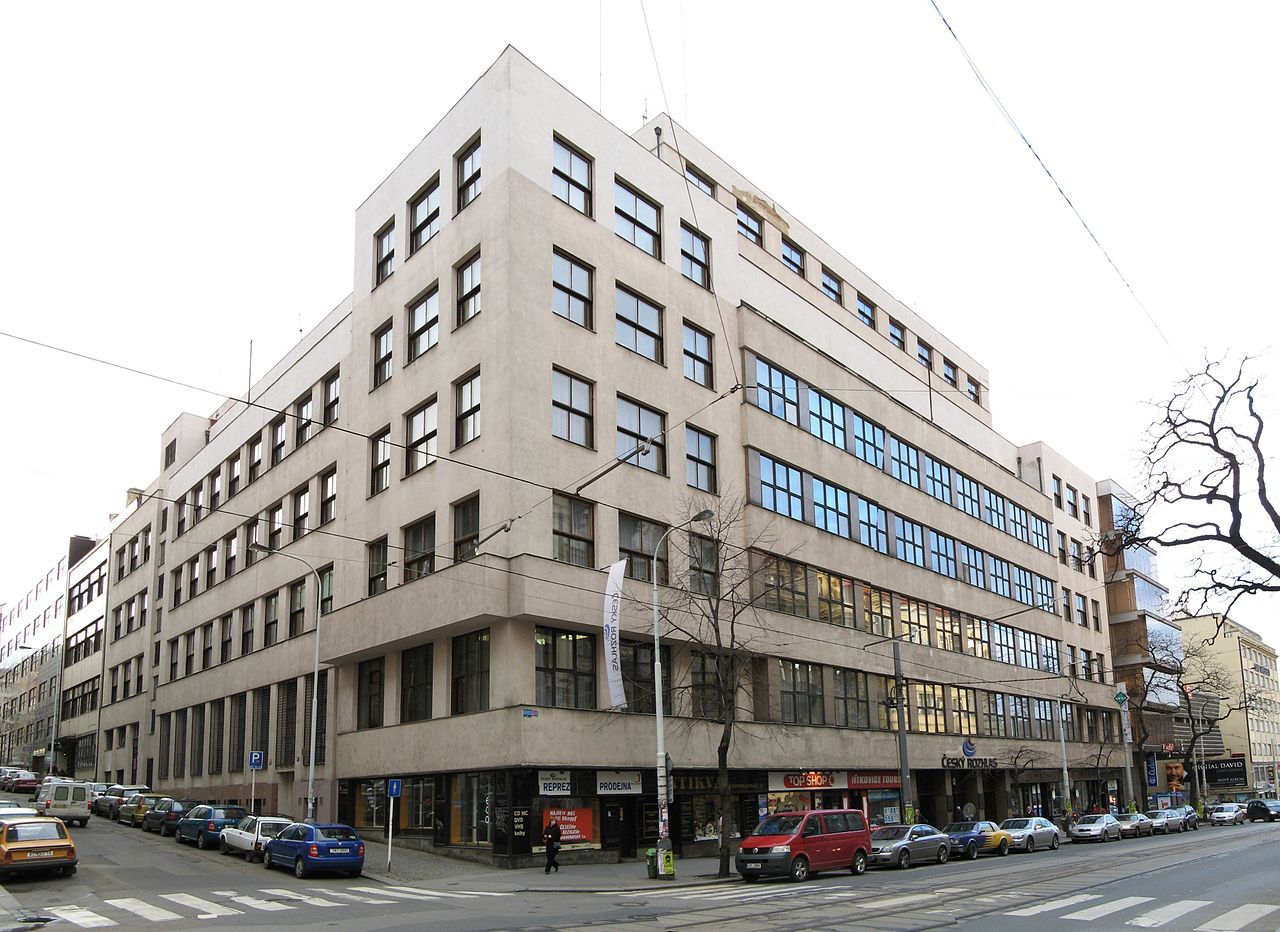
Jan Opletal on Žitná Street
![]() Jenštejnská 1966, Prague 2
Jenštejnská 1966, Prague 2
On the way from Czech Radio to Charles Square, roughly in the middle of Žitná Street, there is a memorial plaque dedicated to the October 28, 1939 protest against the Nazi occupation, during which medical student Jan Opletal was fatally shot. Demonstrations at his funeral on November 15, 1939 resulted in the closure of Czech universities by the Nazis, the arrest of students, and the execution of nine representatives of student organizations.
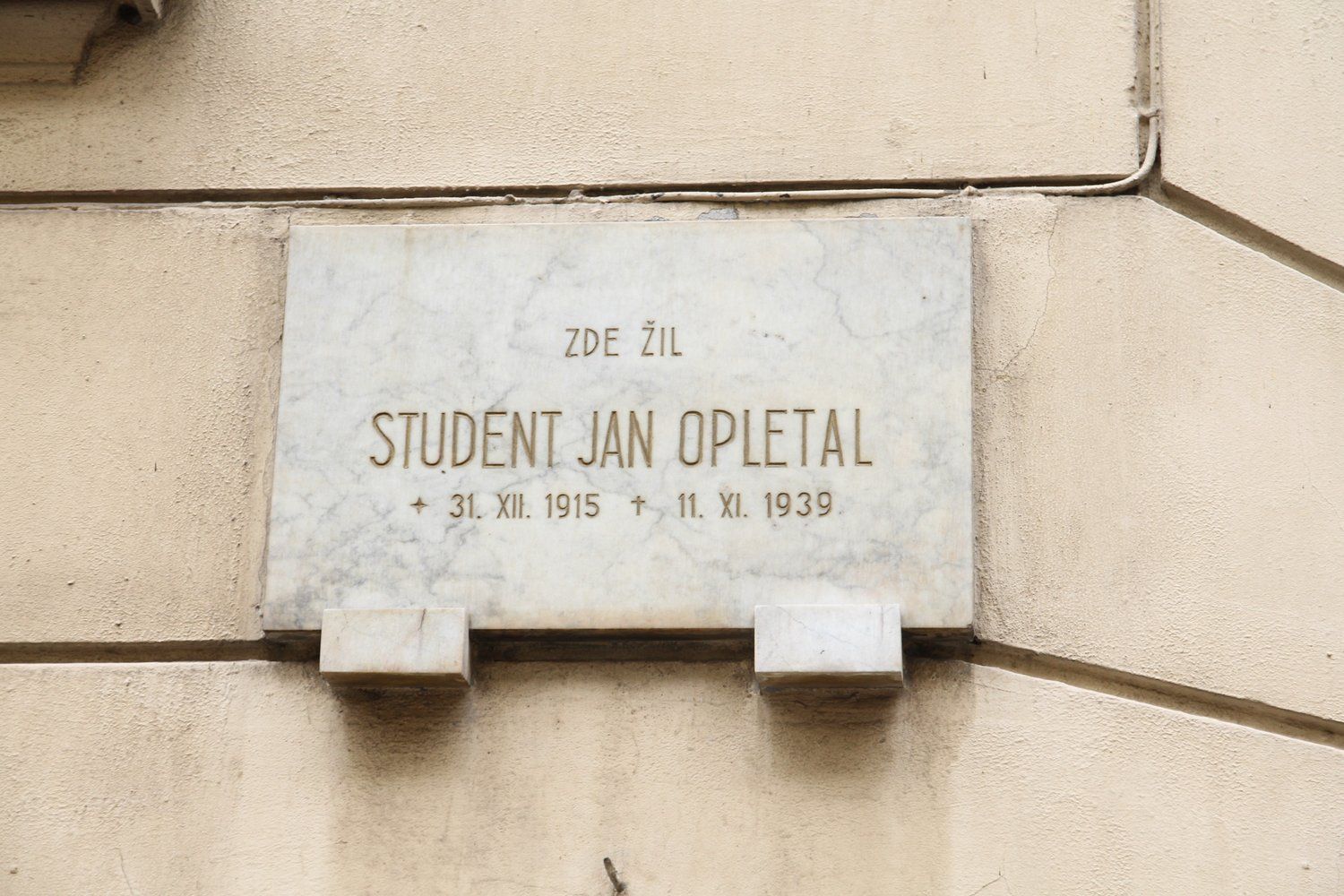
New Prague icons
One of the worst war episodes for Prague was the Allied bombing on February 14, 1945. Allied planes were headed for Dresden, but due to a navigation error, they dropped bombs near the center of Prague. During the raid, a number of buildings, including the Emmaus Monastery, were destroyed or severely damaged. In the mid-1950s, the monastery was repaired, including the reconstruction of the church, during which the original towers destroyed in the raid were replaced by concrete “wings” with gilded spikes, which very soon became an integral part of the Prague skyline.
Another iconic building was erected on the site of one of the apartment buildings that fell victim to Allied bombs. The Dancing House on the corner of the Rašín Embankment and Jirásek Square was designed by Frank Gehry and built in the 1990s at the instigation of then President Václav Havel and Slovenian architect Vlad Milunić, and today it is one of the most photographed buildings in Prague.
